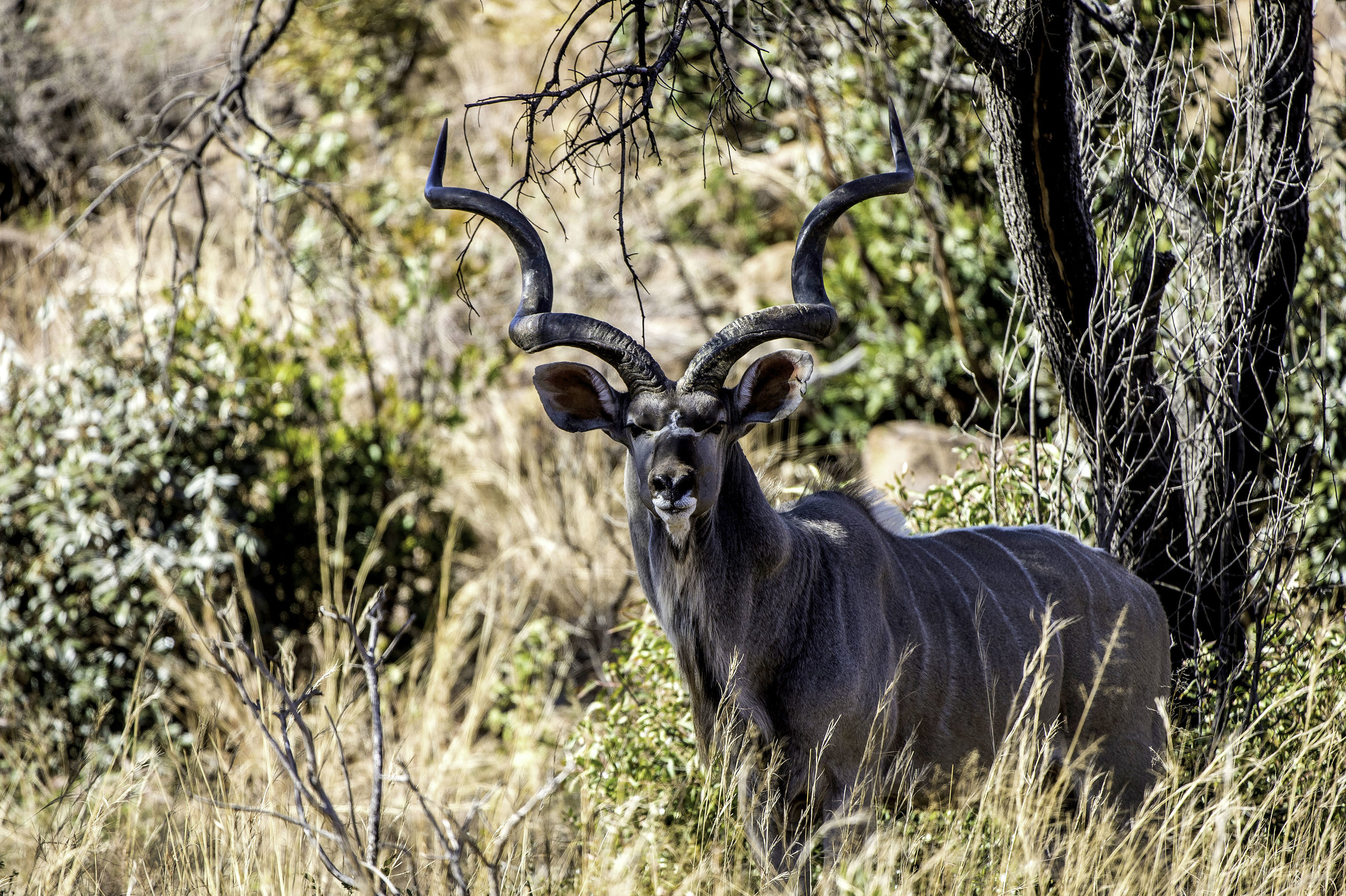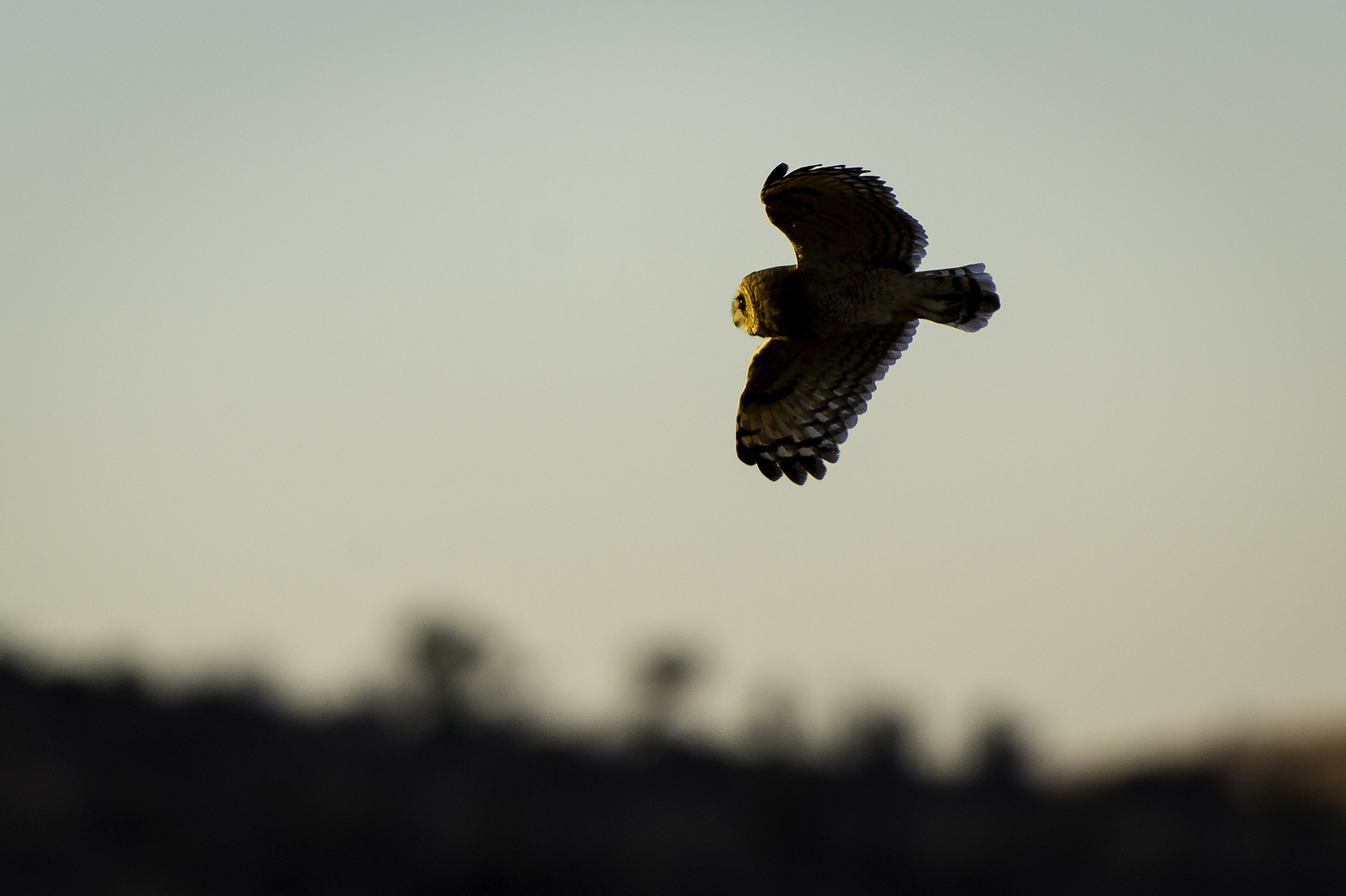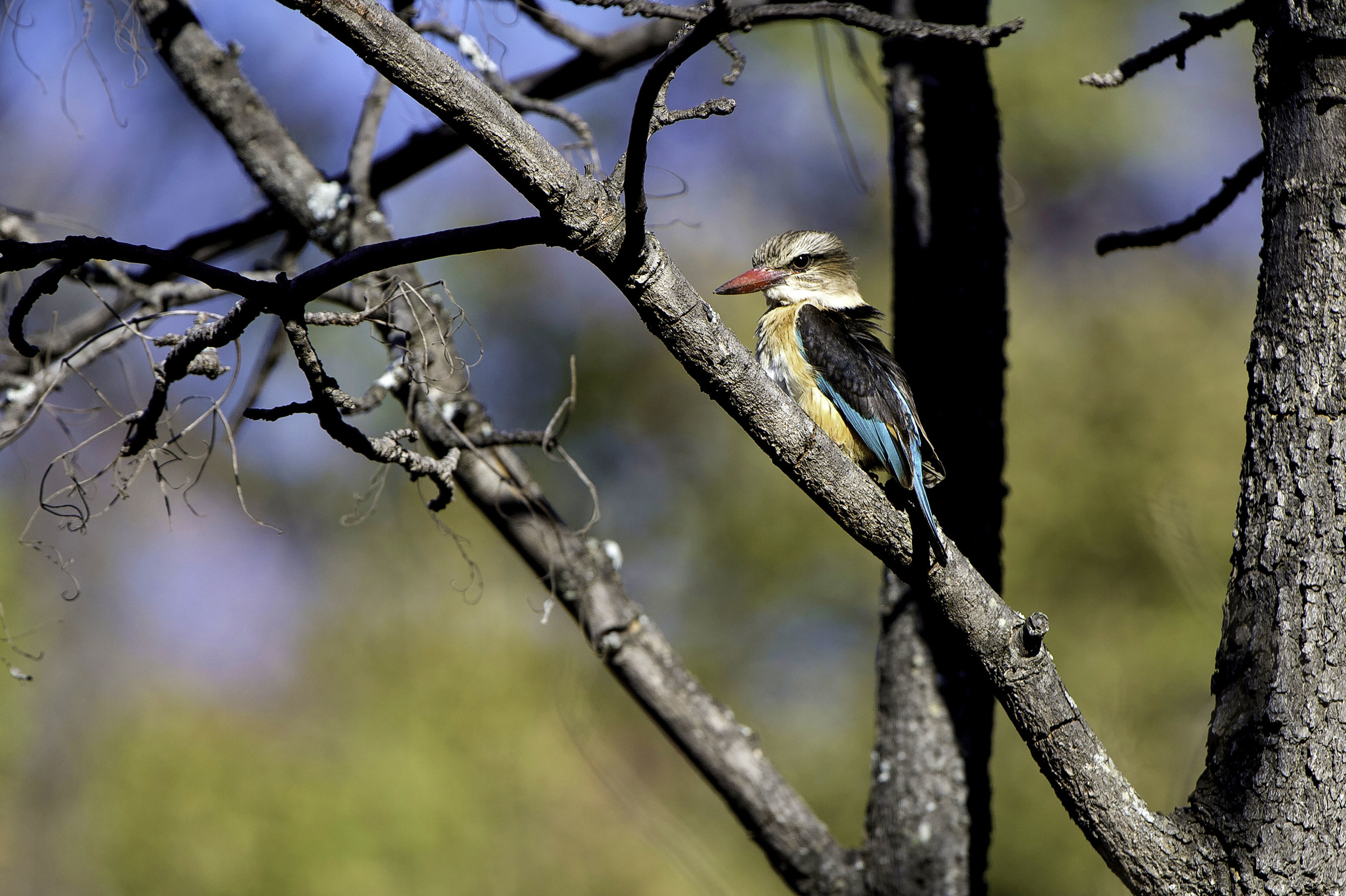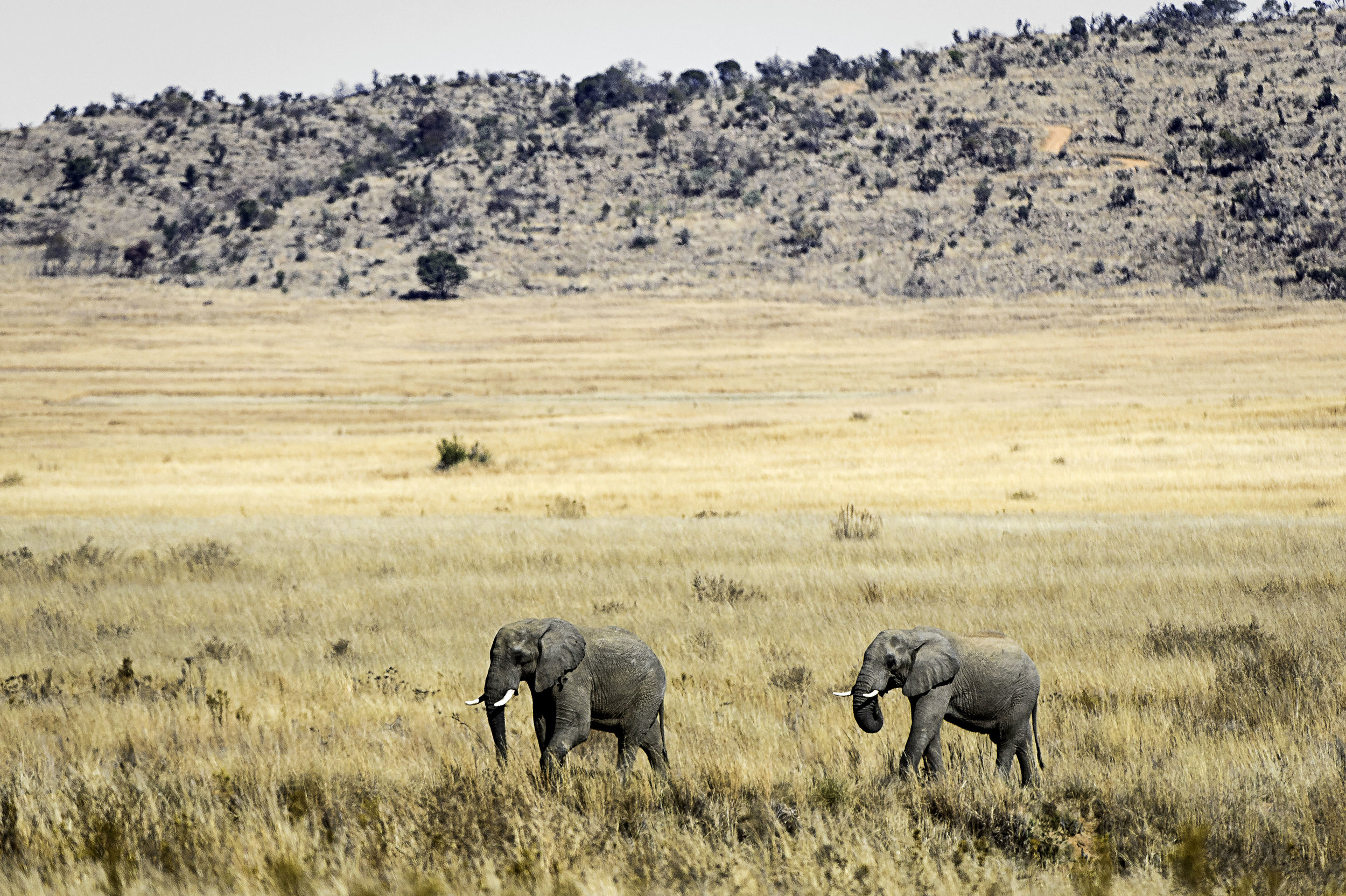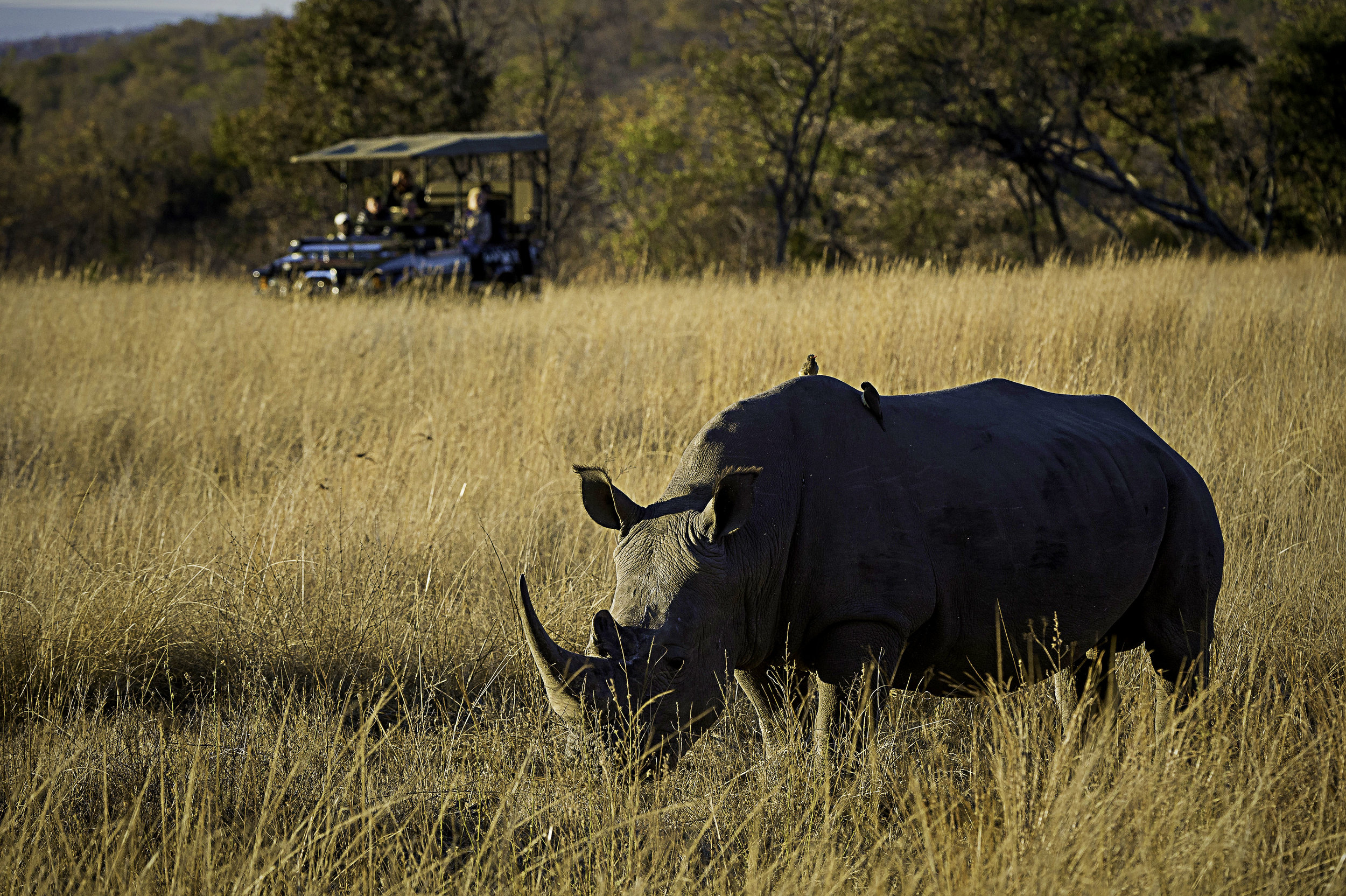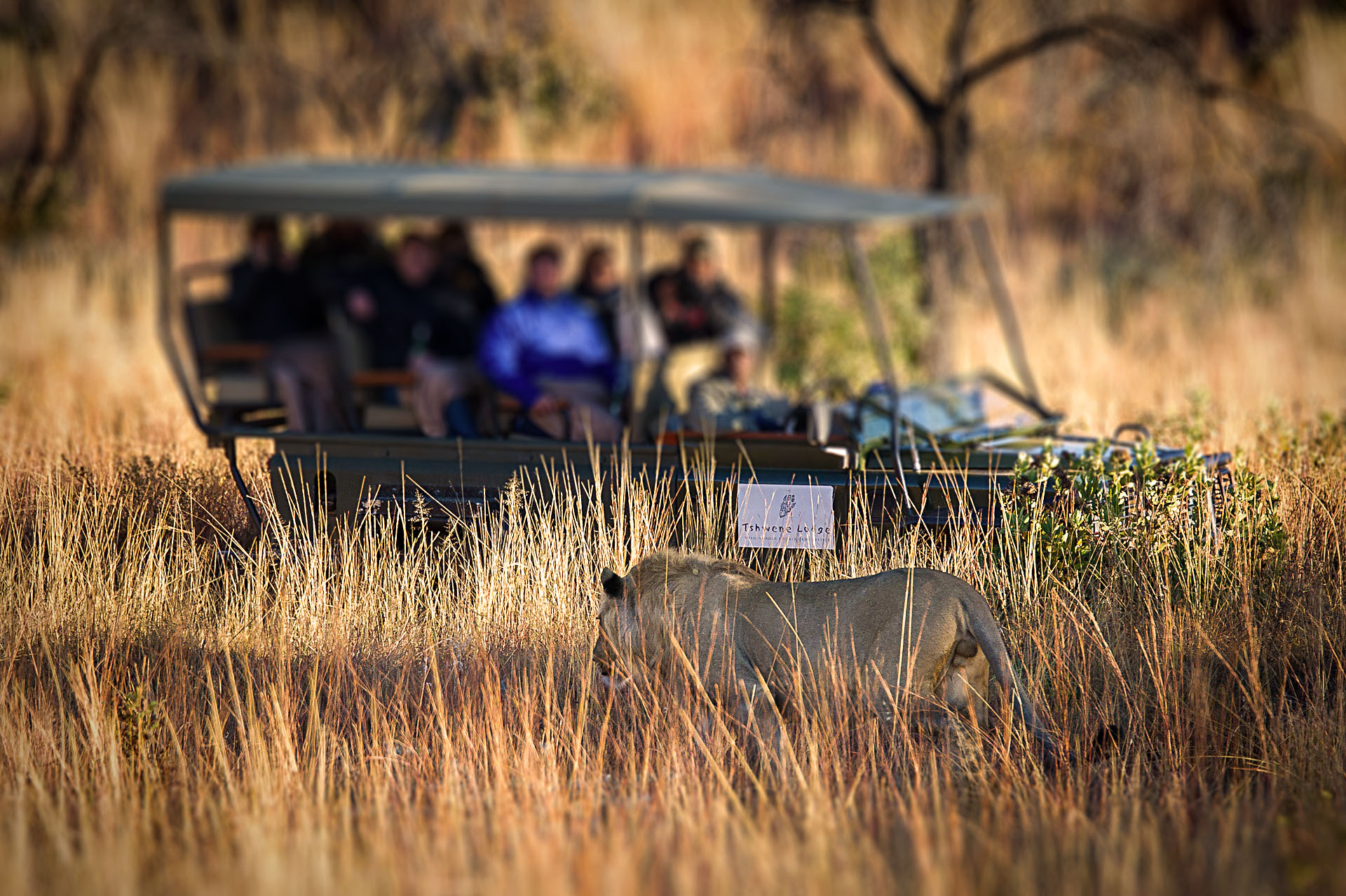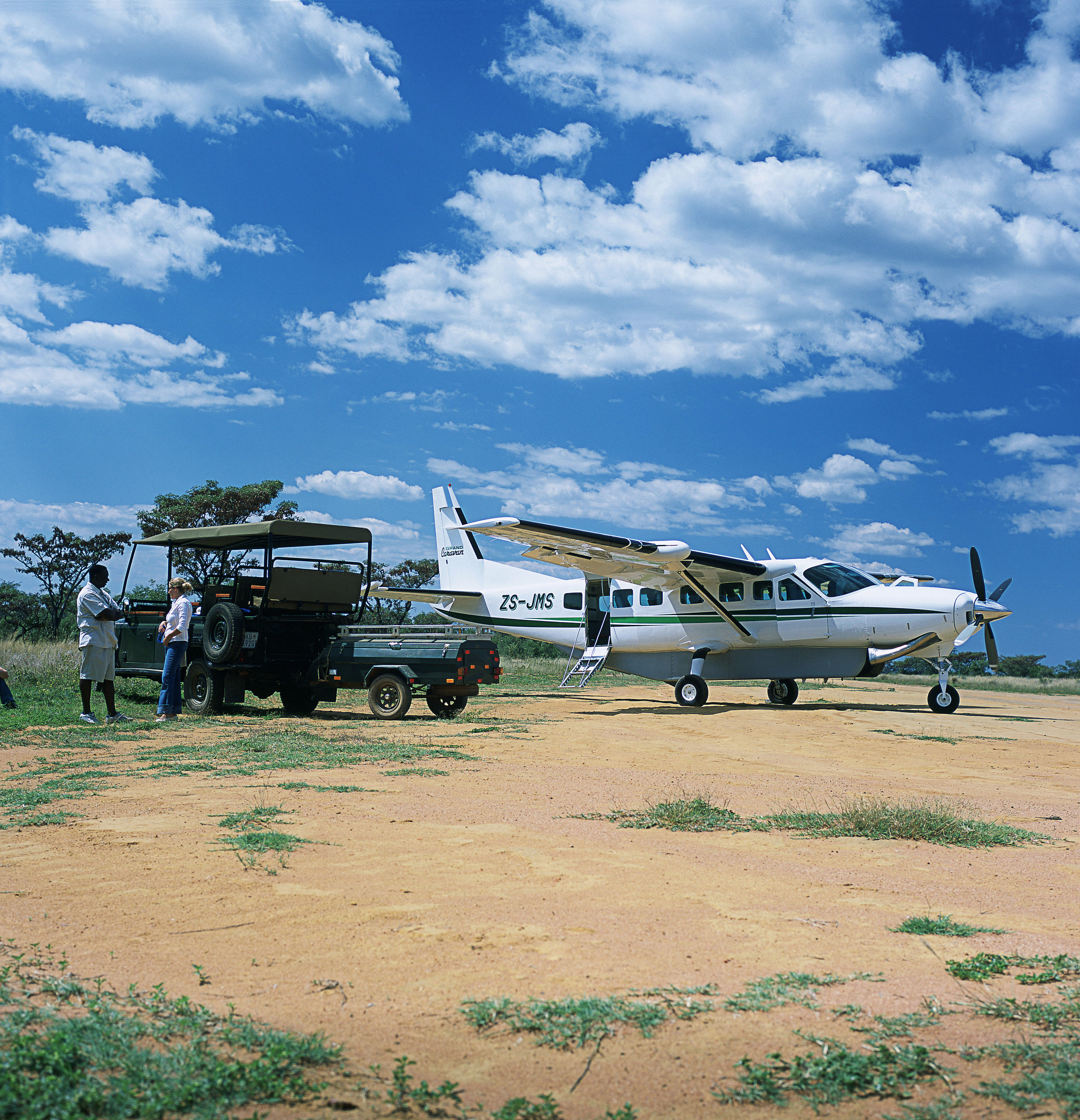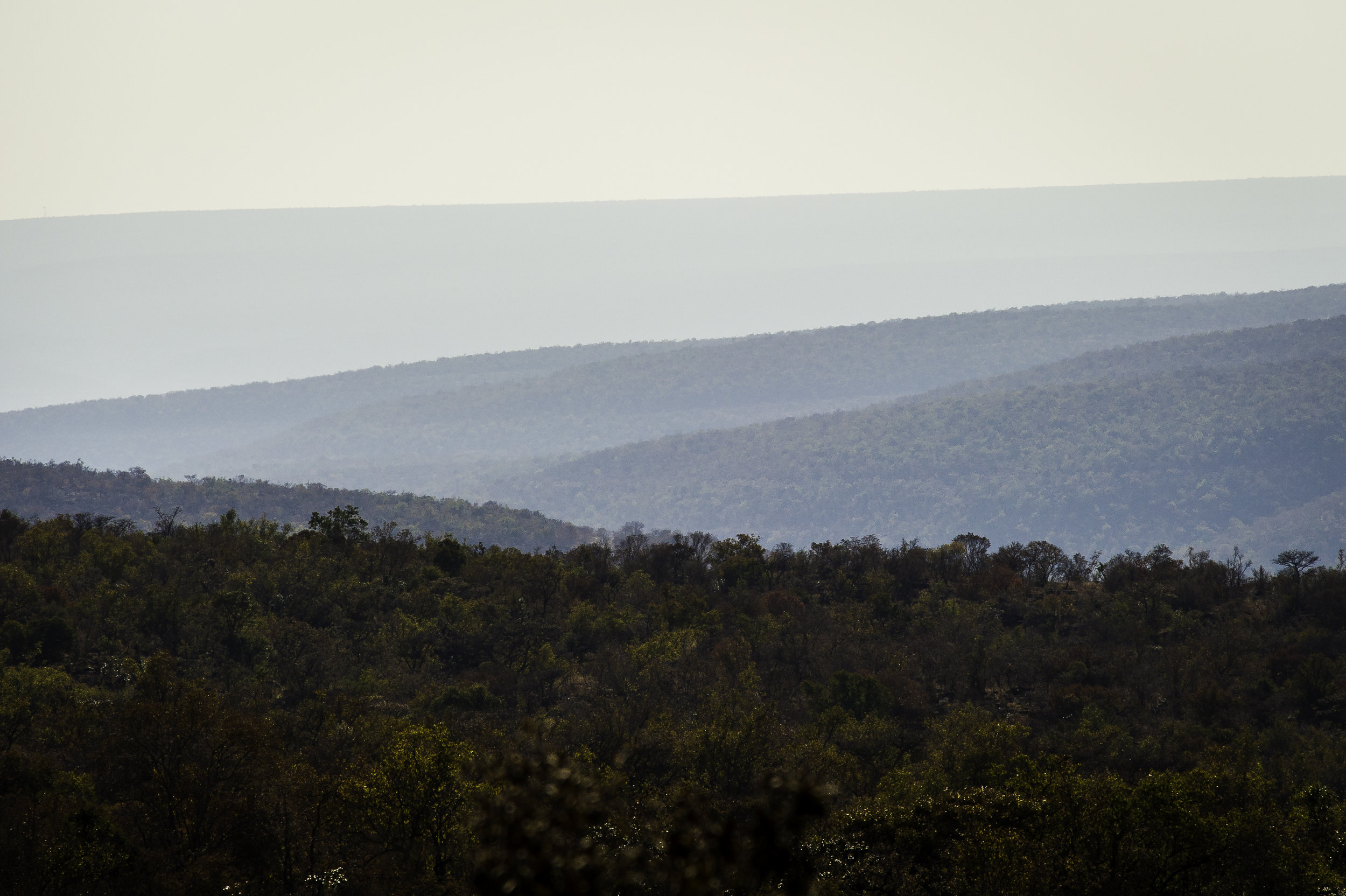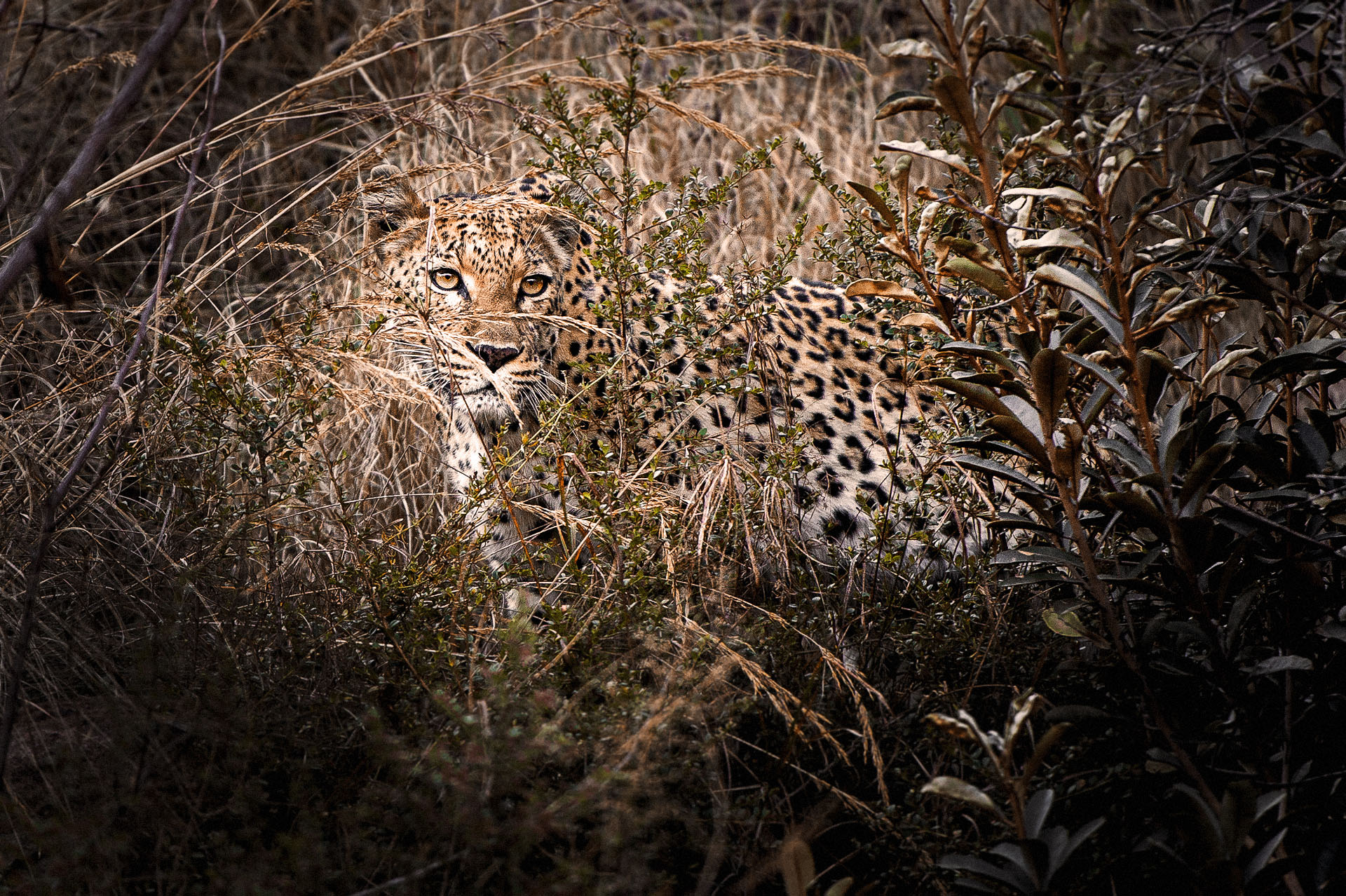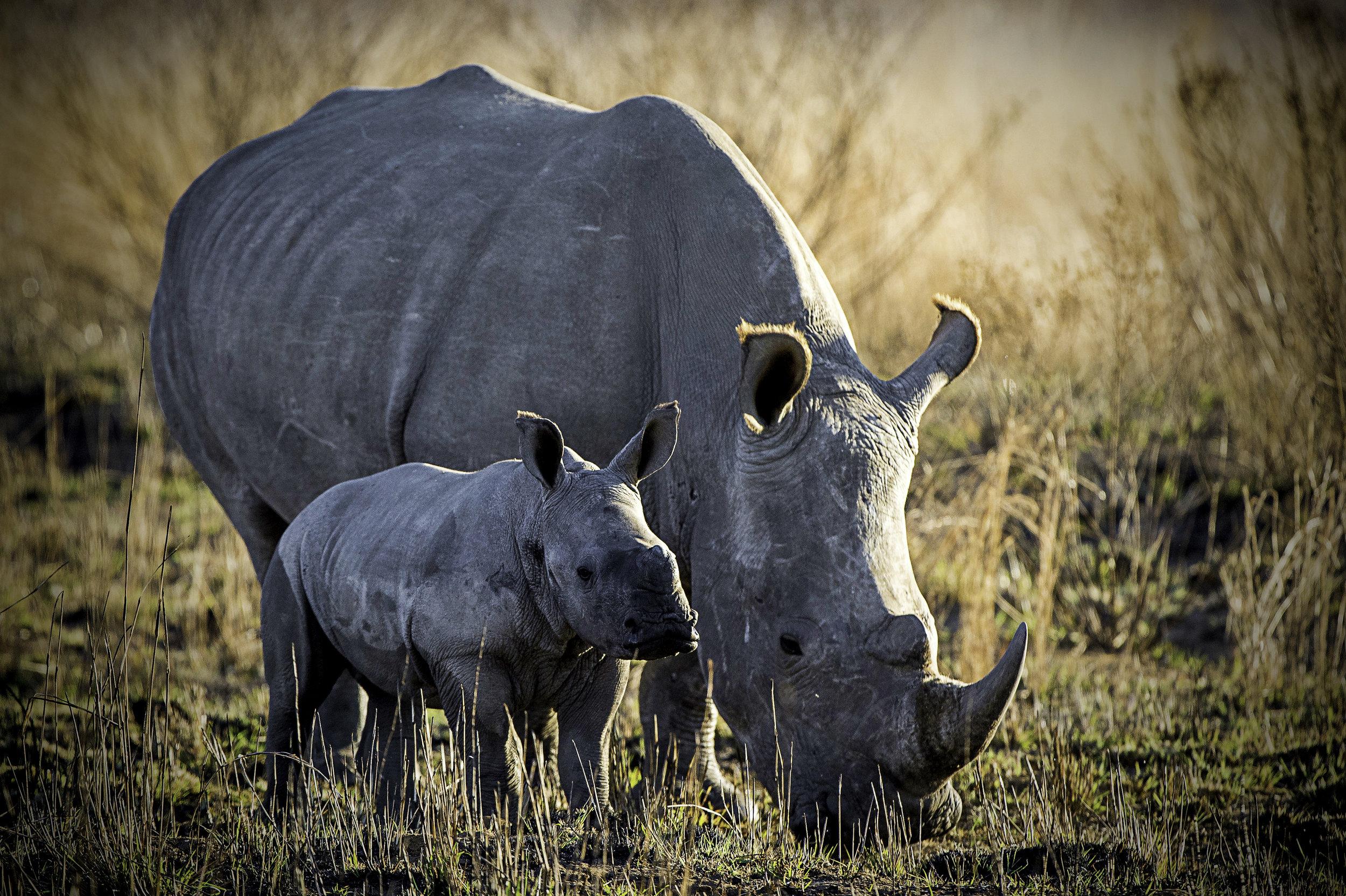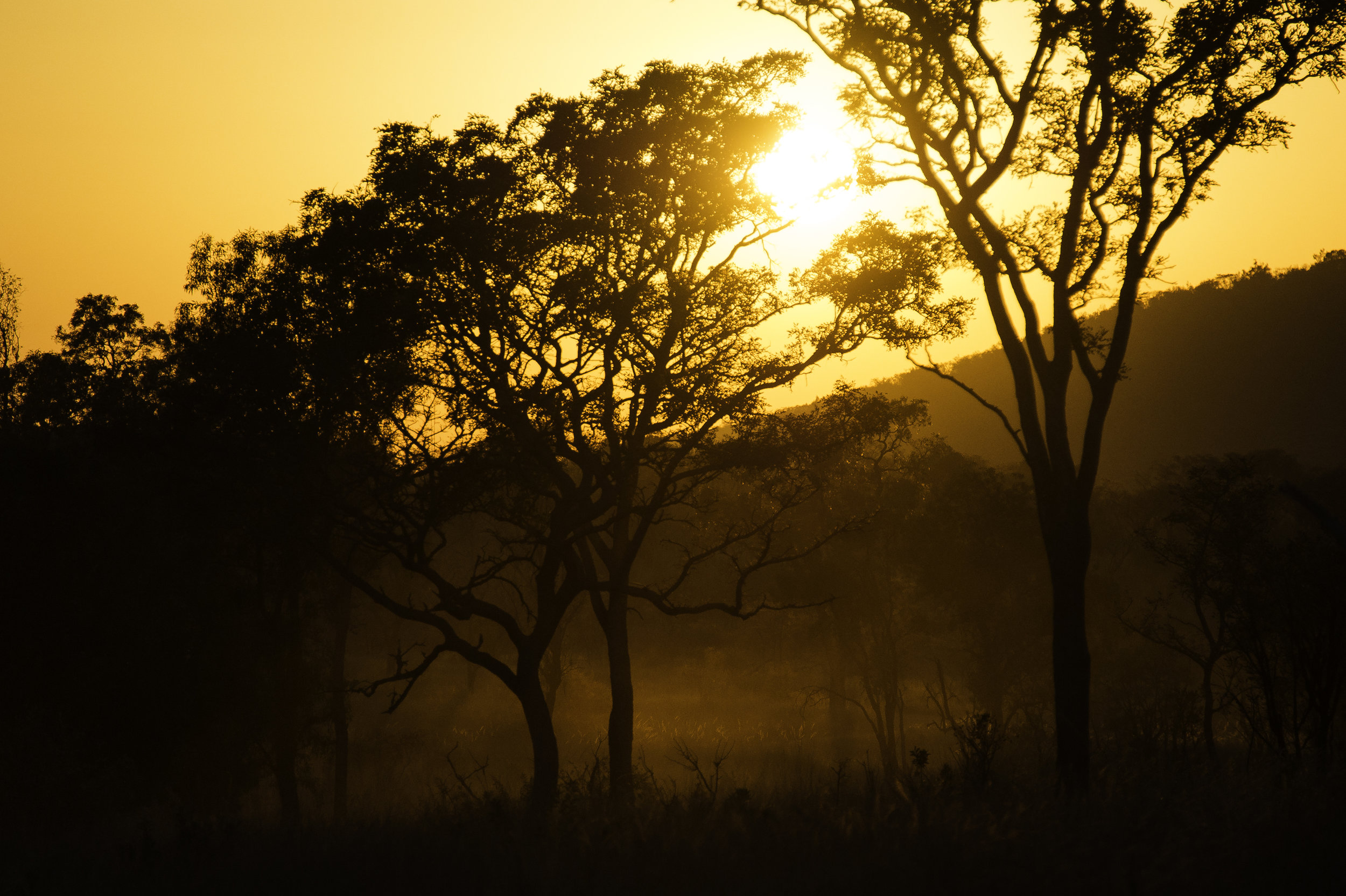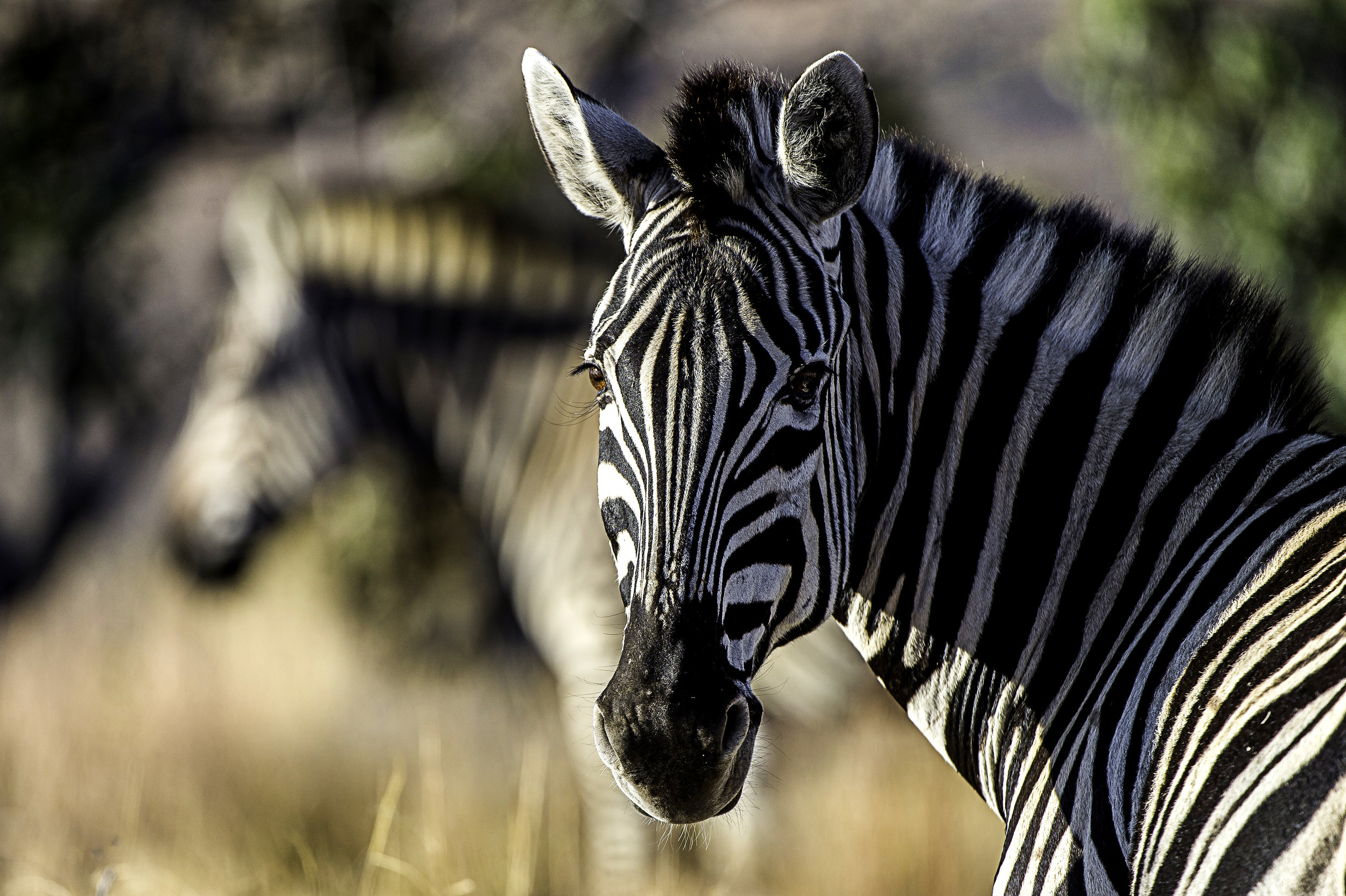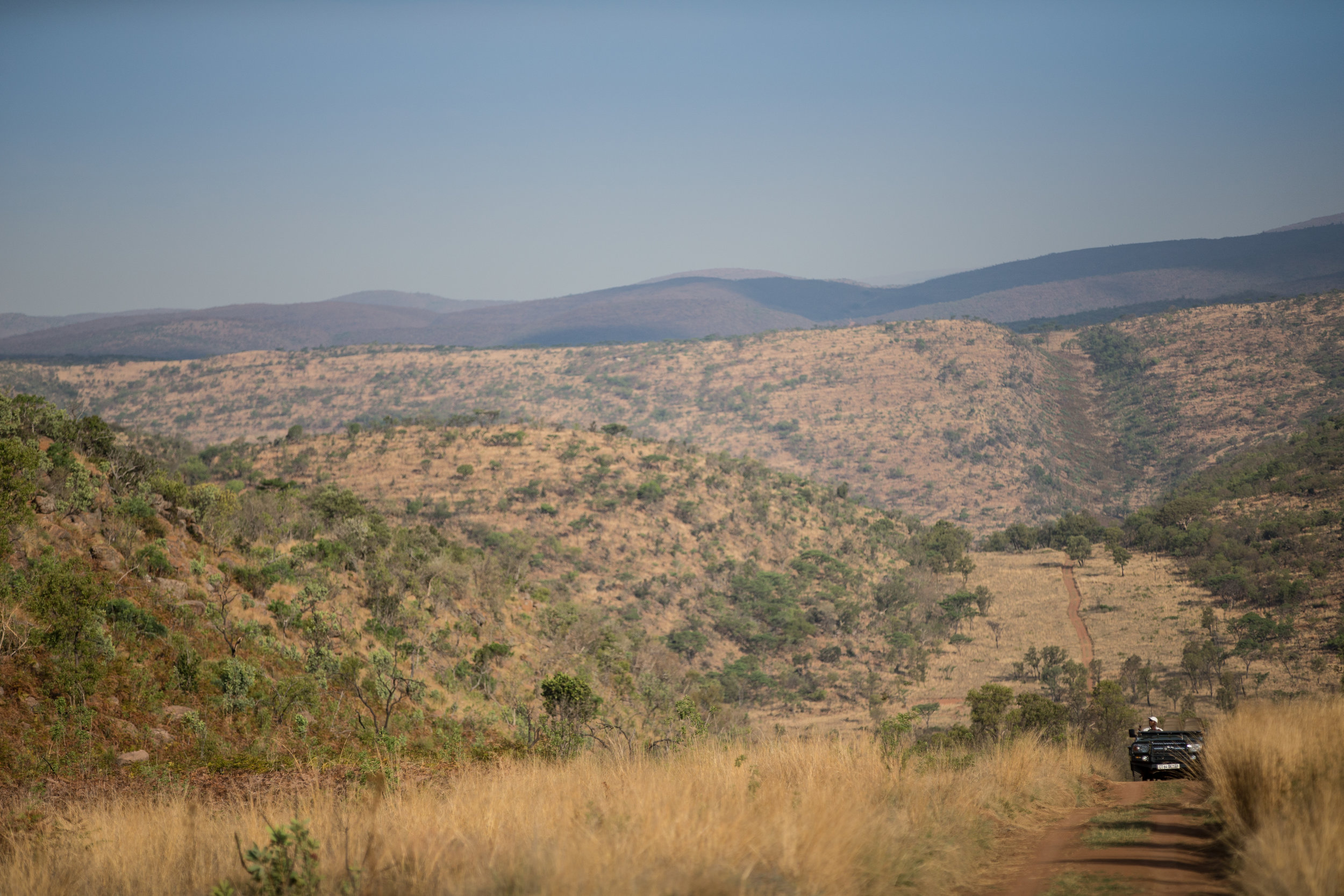Welgevonden Private Game Reserve is a 38,200ha reserve in the Waterberg District, Limpopo, South Africa. It’s home to two of our lodges, Ekuthuleni Lodge and Tshwene Lodge and it has a warm, semi-arid climate making it a wonderful destination to visit all year around. However, each season offers something unique for visitors to enjoy and it’s important to do a bit of research ahead of your trip to ensure you get the experience you are looking for.
SUMMER (November-March)
The summer months bring the rainy season and much relief after a long winter drought. The days remain sunny and bright as the rainfall comes in the form of thunderstorms, which usually occur in the evening and thus don’t affect most daily activities. The rain brings new life, with lots of newborns running around, the bush is green and lush and birding is excellent as the migratory birds are present. Wahlberg’s eagle always visits during the summer, and this magnificent bird can be seen alongside many other eagle, falcon and hawk species. The days do tend to get quite warm as this is the hottest time of year and temperatures can range from 28-32°C on average.
AUTUMN (April-May)
Days can still be warm but the evenings start to cool down. Average daytime temperatures range from 22°C to 28°C degrees with an evening temperature range of 10-15°C degrees. The rainy season starts to simmer down with fewer rainy days seen in April.
WINTER (June-August)
There is very little rain during the winter months, with drought dominating the season. The bush is dry and dies back considerably making it is easier to spot game in the short grass and watering holes become a hive of activity as the animals seek out water amid the drought, this is the best time of year for leopard sightings. The early mornings and evenings are very cold with an average temperature range of 5-12°C, warm clothing is a must! However, the days are sunny and warm to temperatures sitting in the mid-20s. All of the Southern African, non-migratory eagles breed in the winter and during the winter period an increase in the activity of resident raptors can be seen as these birds court, mate and build nests. Added bonus, the bare winter trees make it easier to identify and photograph birds in winter.
SPRING (September-October)
The days begin to get hotter and increase to an average of 30°C during the day. The mornings and evenings remain cool, however, they are milder than mid-winter but warm clothes are still essential with temperatures of around 11°C at dawn and dusk. The chance of rain is slim but towards the end of October we start to see the first rainfall as the rainy season approaches. The migrant birds begin to arrive, brightening up the bush with their songs. The Dombeyas (Wild Pear) and Erythrinas (Coral Tree) become covered in beautiful blossoms and its not long before the other trees start to produce new shoots in anticipation of the rainy season. The insects also return and this brings incredible butterfly sightings.







